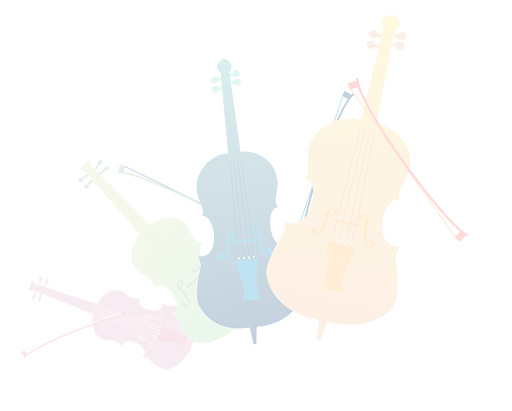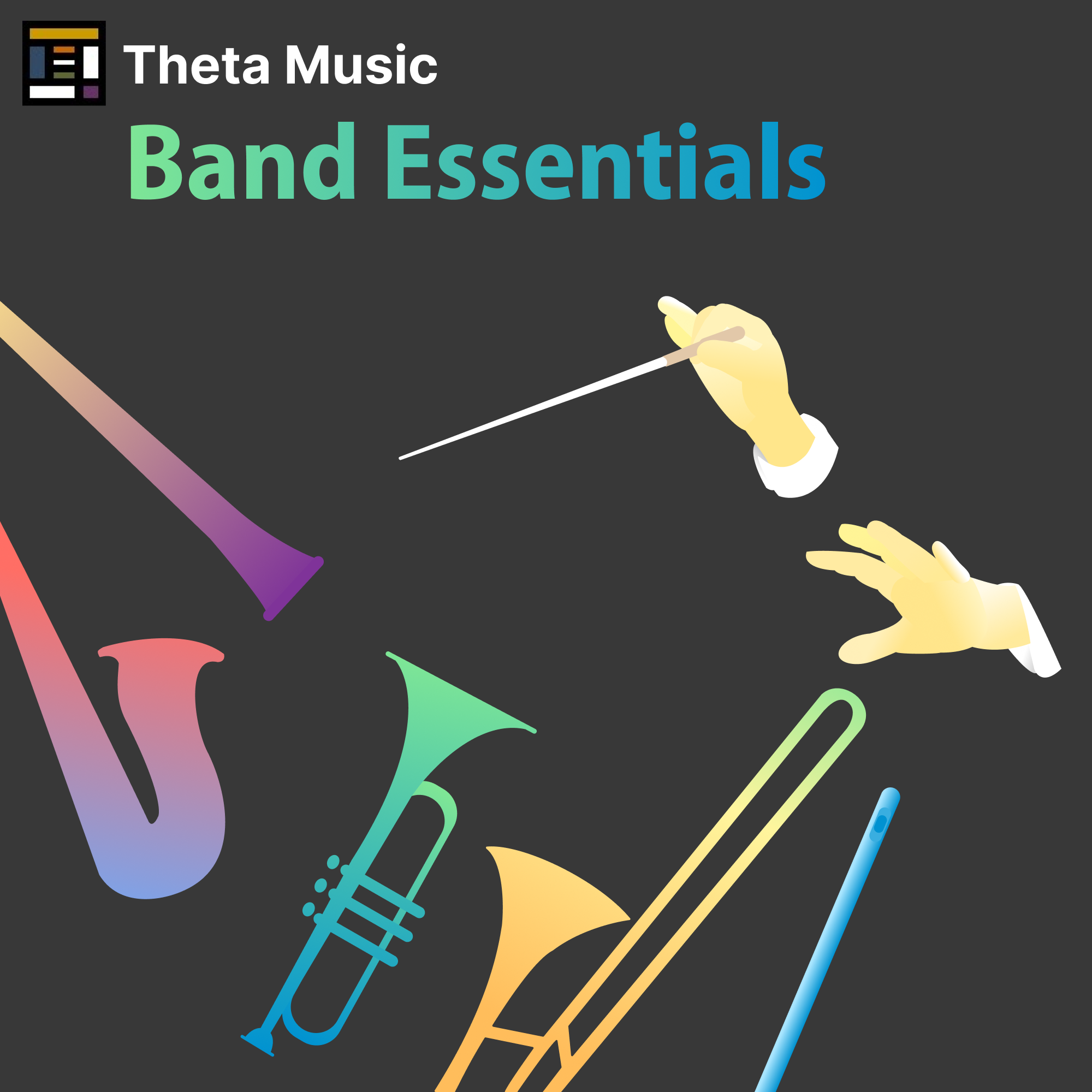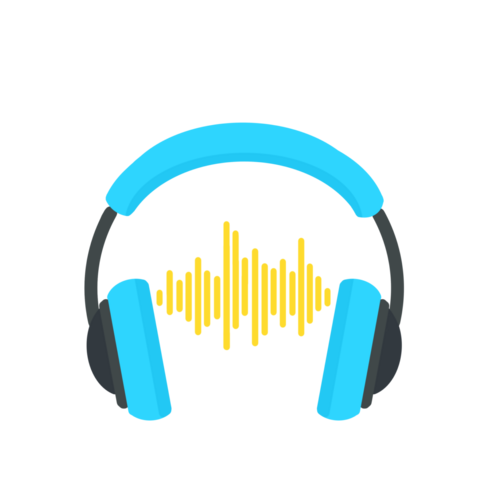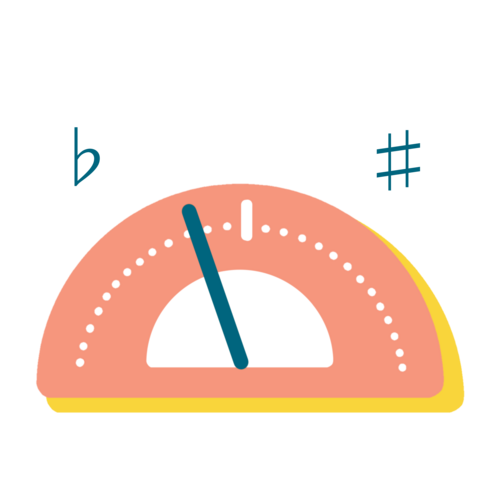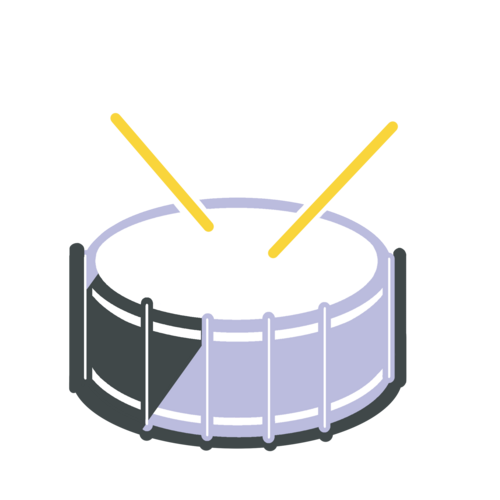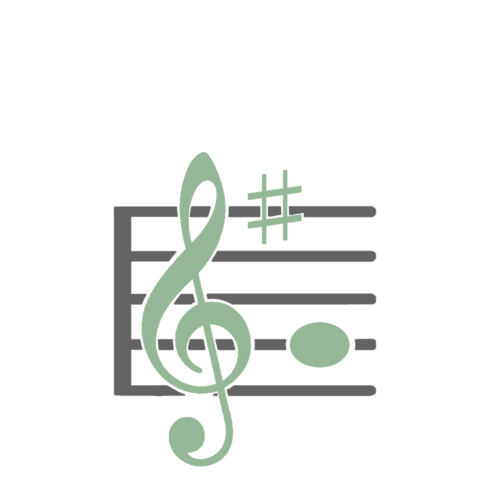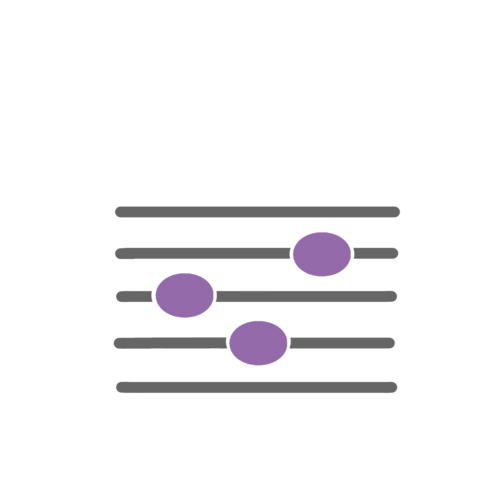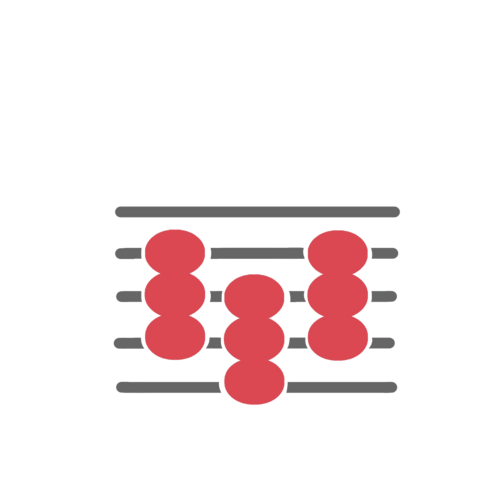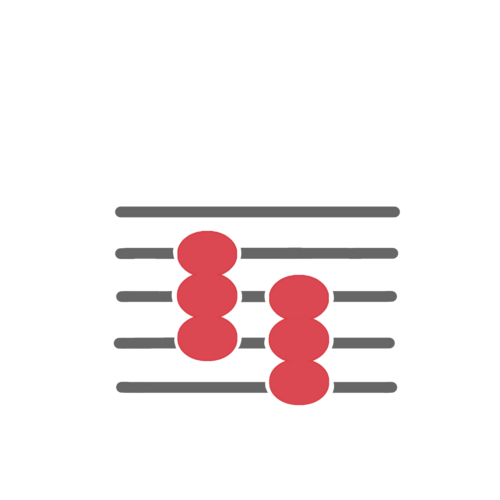Games for Ear Training and Music Theory
- Band Match
- Determine which instruments are playing together.
- EQ Match
- Adjust equalizer settings to match the target sound.
- Flash Effects
- Recognize common effects such as delay, chorus and compression.
- Pitch Compare
- Compare two pitches played on different instruments.
- Speed Pitch
- Quickly compare several pitches in succession.
- Dango Brothers
- Find the notes that are off and tune them to the correct pitch.
- Flash Rhythms
- Match the rhythm pattern you hear to its correct notation.
- Rhythm Puzzles
- Identify simple rhythm patterns by ear to complete a puzzle.
- Flash Styles (Drums)
- Learn to recognize drum patterns in various rhythmic styles such as shuffles and ballads.
- Rhythm Reader
- Quickly recognize and play back rhythm patterns written in standard music notation.
- Key Puzzles
- Learn the Circle of Fifths and relative major/minor keys.
- Number Blaster
- Match numbers with tones and chords for common major and minor keys.
- Paddle Tones
- Identify the scale tones found in most popular music.
- Tone Drops
- Learn to quickly recognize scale tones played on different instruments.
- Flash Tones
- Identify scale degrees quickly and match them to tone names in different keys.
- Two Tones (Major)
- Play back simple melodic intervals such as seconds and thirds in major keys.
- Two Tones (Minor)
- Play back simple melodic intervals such as seconds and thirds in minor keys.
- Tone Trees
- Find the individual tones that make up different chords.
- Phrase Fitter
- Connect different major and minor arpeggios with their associated chords.
- Speed Chords
- Quickly determine the quality and inversion of a chord by ear.
- Chord Spells
- Spell common chords within a key by naming the individual tones that make up the chord.
- Chord Locks
- Determine the function quality and inversion of chords within the same key.
- Speaker Chords
- Identify the common chord patterns and progressions found in popular music.
- Flash Cadences
- Listen to a set of ending chords and determine the type of cadence.
